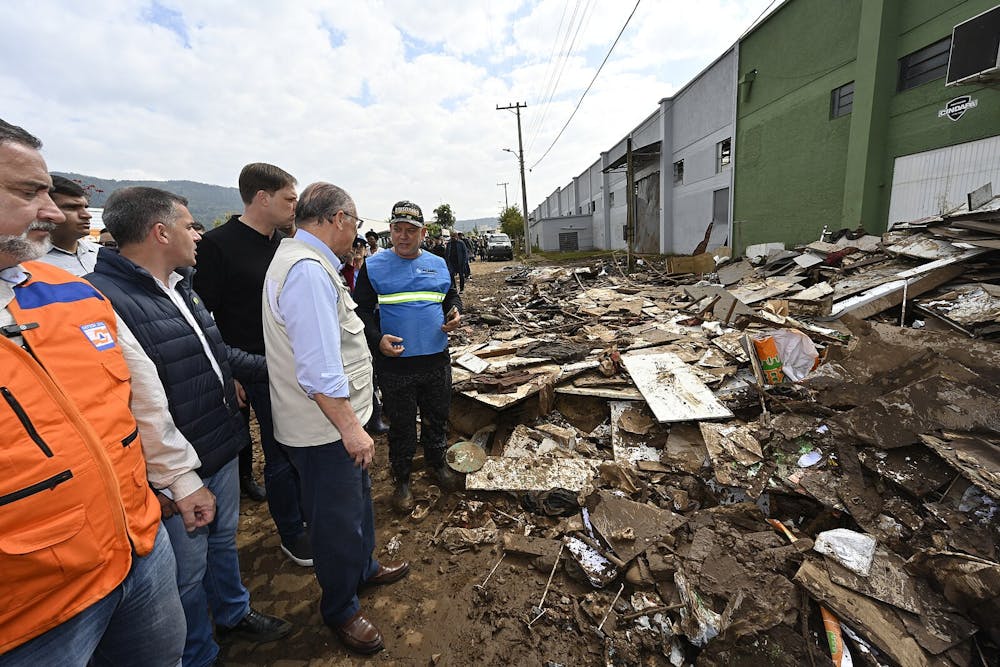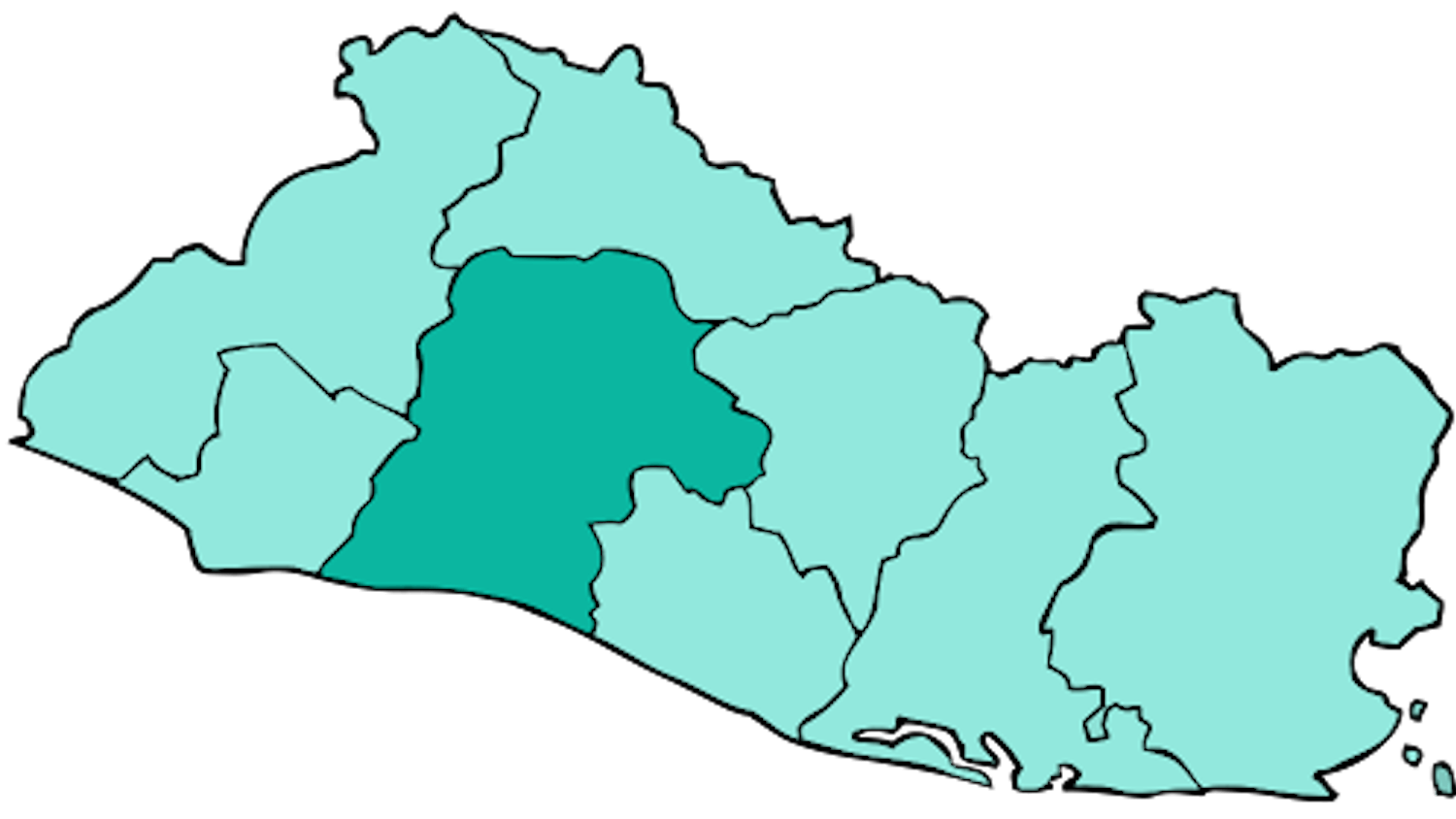By Gauri Patel
Staff Writer
A tropical cyclone wreaked havoc through southern Brazil, washing away homes and swamping streets, according to AP News. Widespread destruction caused by torrential rains, flooding and powerful winds affected tens of thousands of people, killing dozens and leaving more homeless.
The extratropical storm, which began on Sept. 4, affected 83 municipalities with most of the fatalities being in the southern state of Rio Grande do Sul, which declared a public emergency. At least 41 people have been killed and 3,046 displaced, according to a civil defense assessment from the state. More than 11 inches of rain hammered the state in less than 24 hours which triggered floods and landslides, and more rain is expected according to Brazil's National Institute of Meteorology.
According to Gov. Eduardo Leite, this marks the state’s highest death toll ever from a climate-related event. Many of the victims died from being swept away in the floods, electrical shocks or being trapped in vehicles.
Leite visited one of the cities most affected by the floods, Roca Sales, to assess the damage and reaffirm the government’s commitment to rebuilding what has been lost. He called the scene a “war scenario” after seeing the serious structural damage to public buildings, homes and businesses.
“We are very impacted and moved by what we saw in Roca Sales, but we need to be strong,” Leite said during the visit. “The government will guarantee all the necessary support and we will get everything back on its feet.”
In Muçum, a small city of about 5,000 residents, rescuers found 15 people dead in a single house. The storm left a trail of destruction in its path, with most buildings being swept away down to ground level, according to the BBC. Homes were left completely submerged, and water levels had risen so high that residents were forced onto their rooftops, requiring helicopters to rescue them. Some areas were cut off entirely after the streets turned into fast-moving rivers.
Videos obtained by rescue teams show the desperation faced by those caught in the flooding, with people linking arms to keep from being dragged away by the current. More footage shows the water level nearly reaching the top of a street sign, an indication of how high the water had risen.
“The water arrived very fast, it was rising two meters (6.5 feet) an hour,” said Marcos Antonio Gomes, a resident of Mucum. “We have nothing left. Not even clothes.”
In the city of Lajeado, Miguel Rutigliano Bieleski lost his home, wife and two young children after the city was badly hit by floodwaters from the engorged Taquari river. He told Reuters he only managed to survive by clinging onto a branch of a tree and that he blames emergency services for the loss of his wife, Ariel Armani, daughter, Yasmin and his son, Miguel Junior, who have yet to be found.
“They did nothing," he said, adding that emergency services urged him and his family to stay inside their home and wait for help that never arrived.
President Luiz Inácio Lula da Silva, known as Lula, said the federal government was prepared to help with the aftermath of the storm. According to Reuters, Lula said on Wednesday he had spoken to Gov. Leite to offer the federal government's full support in helping the state "face this crisis."
Search and rescue efforts continued as helicopters and boats were deployed by the police and military. Additionally, hundreds of firefighters, military police and civil defense personnel were dispatched. Rescue teams expanded farther west on Wednesday with helicopters heading towards the Rio Pardo Valley, according to AP News. Rescue teams had previously been focusing around the Taquari Valley, where most of the victims and damage were recorded, located about 150 kilometers (31 miles) northwest of the state capital, Porto Alegre,
According to NPR, authorities point to rising temperatures from climate change as a cause for the rainfall. Although many factors can result in extreme weather events, climate change makes them more likely. Francis Lacerda, a researcher at the Pernambuco State Agronomy Institute's Climate Change Laboratory, says that cyclones, which are not common in Brazil, are becoming increasingly frequent, and the amount of energy released by them is exacerbated by global warming.
Weather forecasters predict more heavy rains are expected to hit the Rio Grande do Sul’s central and southern region, while possibly sparing worst-hit areas, before the storm dissipates by Sunday.







